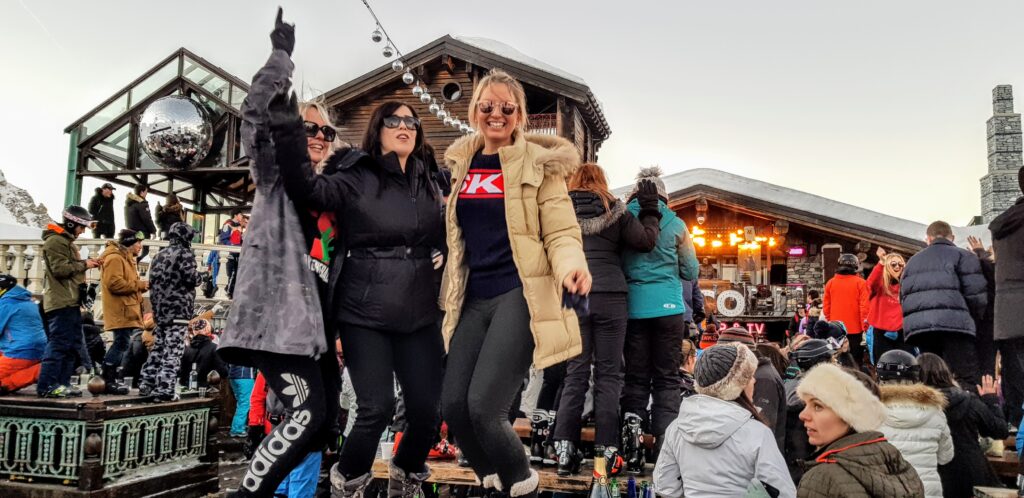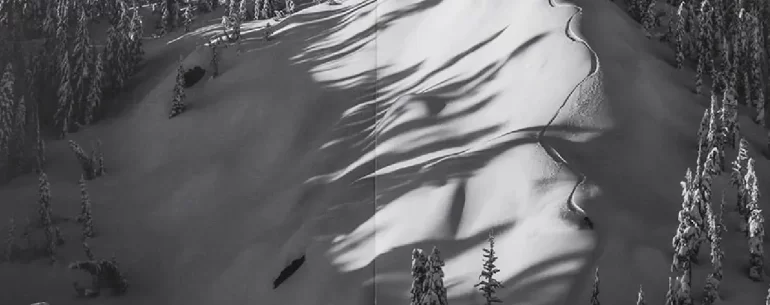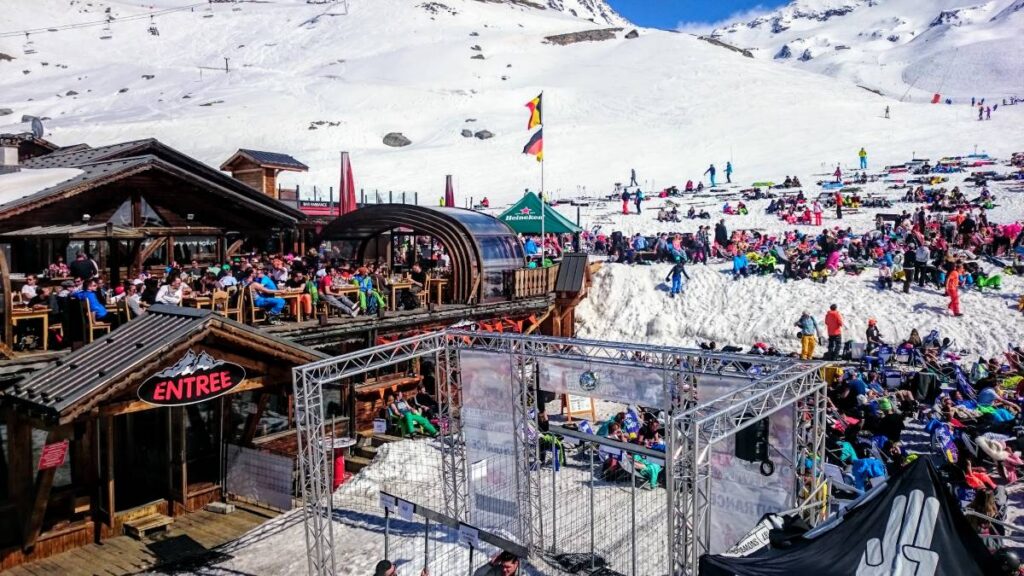
For many skiers and snowboarders, the only time they can take a ski trip is in the February mid-term holidays – making this the busiest time in resorts across the Alps.
At any given point through February, at least one of the major European countries will be on holiday (normally, many more) meaning the ski resorts get rammed. This is particularly true for the bigger French resorts – though all ski areas get noticeably busier through the month.
The video below was produced specifically with La Plagne in mind, however it contains several tips and tricks that are equally applicable to any major Alpine resort. To go direct to tips on how to make the best of the February holidays, avoid the queues and get the maximum skiing/snowboarding while on holiday, skip to https://youtu.be/mfmVYlRd9c8?t=134. Note: there’s way more information in the written version below the booking links.
Book your next ski holiday now
We’ve teamed up with Booking.com to bring you the most extensive range of accommodation in the world’s best ski resorts. Use the form below to search for the latest deals.
Booking.comCheck and book ski flights
Flightradar is one of the best online flight search engines, checking all the major airlines and sites (including Skyscanner). Search and book flights below.
Top tips for making the best of a busy ski resort
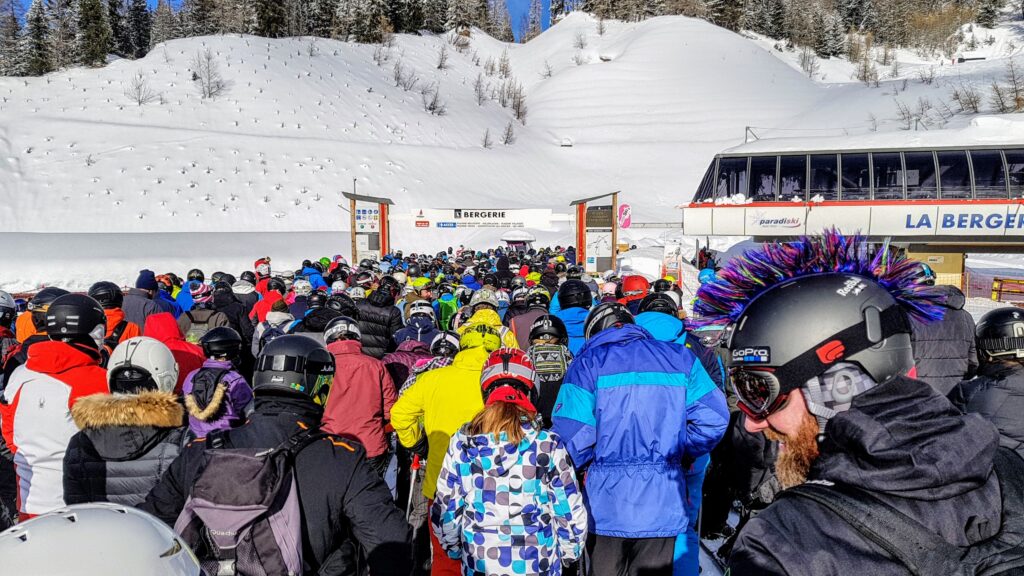
February is always a busy time in ski resorts – but there are also numerous other lively times too (noted at the end of this article). While a rammed ski resort can be a little unpleasant, it doesn’t necessarily mean a bad time. By following a few simple pointers, you can greatly increase your time on the hill and avoid the crowds.
Ride when others don’t
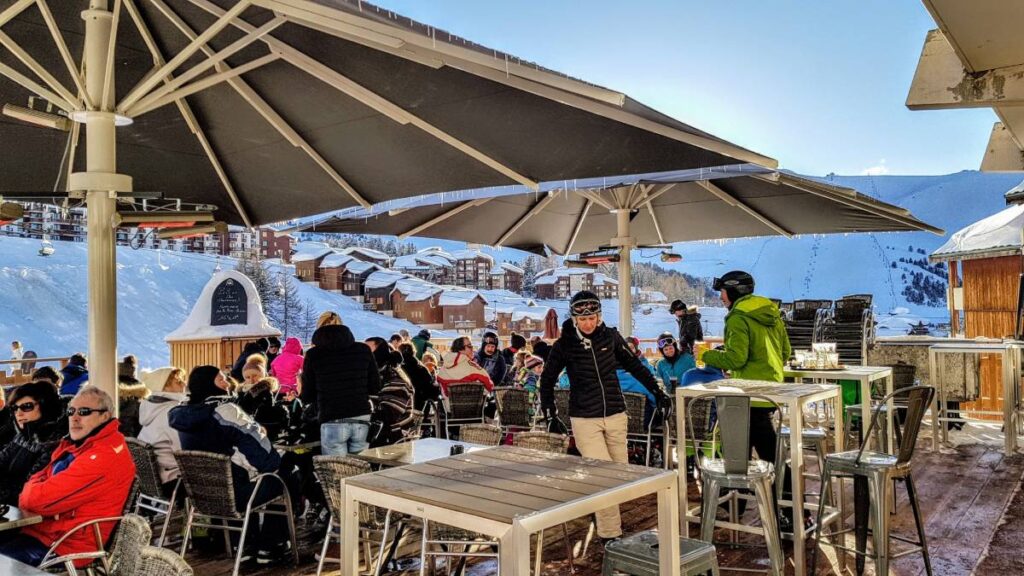
It sounds obvious but staying out when the hill is quiet is clearly going to increase your time riding. It never fails to amaze me how many people don’t clock this idea quickly.
Continentals (and, particularly, the French) are almost fanatical about stopping for lunch, resulting in deserted slopes between the hours of 12 and 2 each day.
Rather than stopping when everyone else does, stay out for some serious mileage and laps on quiet pistes. Not only will you benefit from queue-free lifts, you’ll also save time waiting to be served in the busy restaurants.
Pistes are generally quietest first thing in the morning (before 10am), through lunch (between 12pm-2pm) and at the end of the day (approx 3.30pm onwards).
Pack a baguette and eat on the lifts
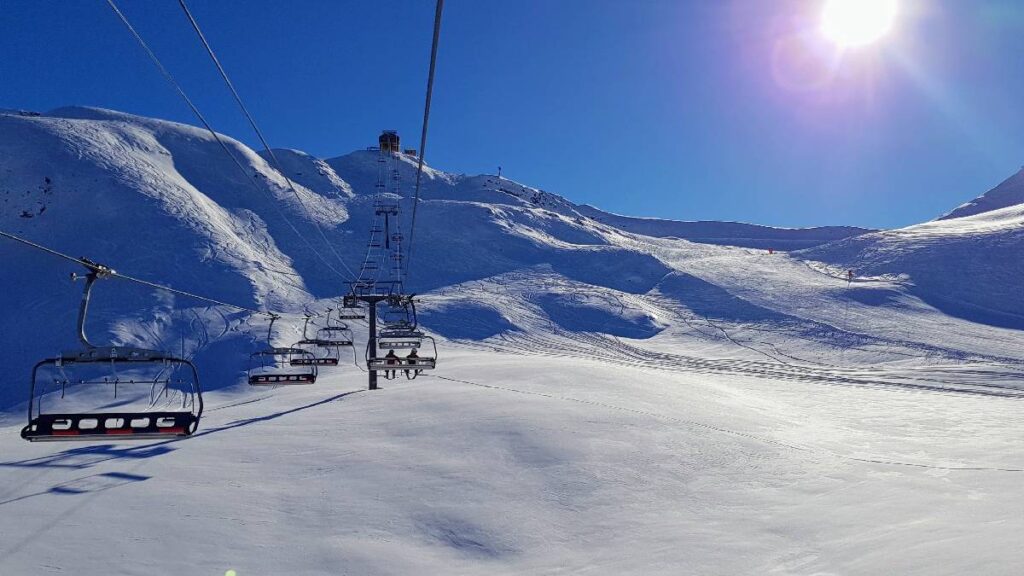
A little preparation goes a long way when it comes to maximising your time on the hill and packing a jambon fromage baguette to eat on the chair can be a great time-saver. It’ll fill you up and also avoids stopping unnecessarily at cafes or restaurants. If eating on the chair or gondola isn’t your thing, think about stopping at the side of the hill to take in some views.
No matter where you choose to eat, it’ll be much quicker (and considerably cheaper) than eating in one of the on-hill restaurants. Chuck a couple of beers and some food in your backpack and take a break whenever you get hungry.
Buy food in supermarkets or from smaller resort stalls
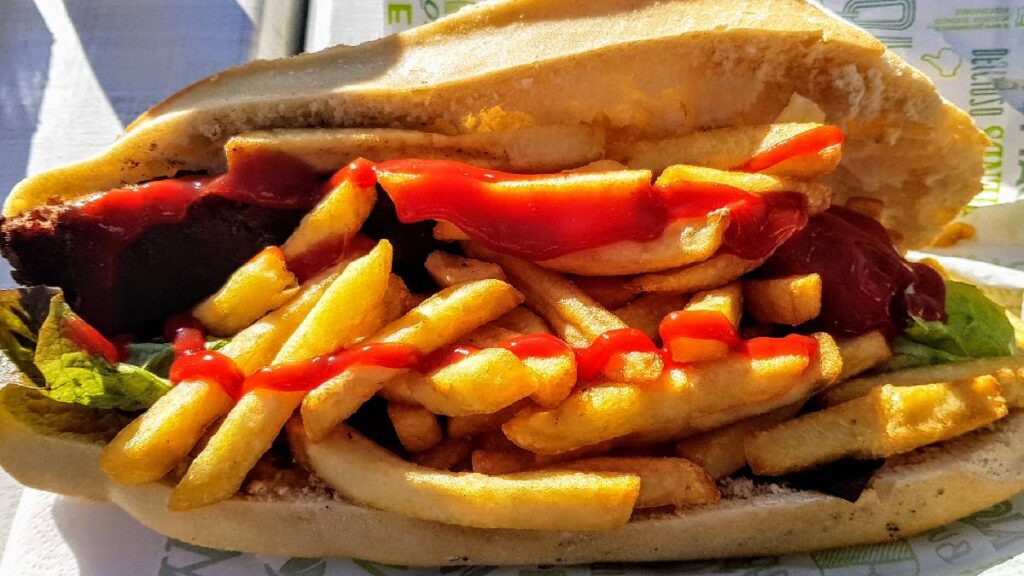
The larger, purpose-built French ski resorts are perfect for easy access to supermarkets and food stalls selling far cheaper (and quicker) food for lunch stops. As above, stop when you’re hungry and buy some cheap nosh to see you through the day.
Resorts like Tignes, Les Arcs, Avoriaz and Val Thorens lie at the foot of the pistes, making access to town (and cheaper food stalls) considerably easier. Actually, in the case of VT, you can even ride through the resort.
As an example of cheaper food lower down, there’s a food stall at base of the Roche de Mio gondola in Belle Plagne which sells saucisses frites (sausage and chips) for 5€ – compared to around 15€ further up the hill. Also in Belle Plagne, there’s a Spar supermarket – directly accessed from one of the runs – which sells a full, cooked chicken for around 12€. Way cheaper than prices in on-hill restaurants.
Shop smart, stop less, ride more.
Ride where others don’t and avoid transit lifts
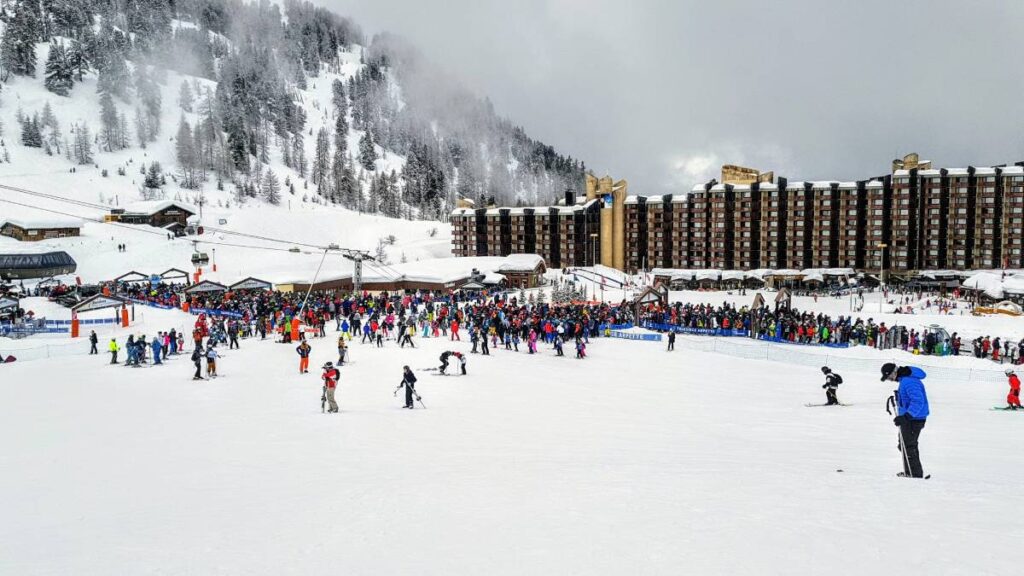
The video at the top of this page makes mention of the busiest areas specifically in La Plagne but every resort around the world has central hubs that tend to suffer from the longest queues. Checking your resort piste map will give you some clues but, as a rule, look for primary access lifts – for example, the Grande Motte funiculaire in Tignes or the Transarc in Les Arcs. Any lift that gives access out to other areas will normally stay busy through the day so it’s best to get up and out early to avoid the worst of the queues.
Also, avoid runs around the main stations (particularly beginner areas) as these normally stay busy all day. To find the quietest lifts and runs, it’s often a good idea to look at the extremities of the piste map – areas where less experienced riders will be less inclined to go. Great examples of this include the Le Fornet area in Val d’Isère and Montchavin sector in La Plagne – each of which is tucked at the far end of the piste maps, but which offer great riding (particularly after fresh snow).
Avoid the busy ski school times and areas
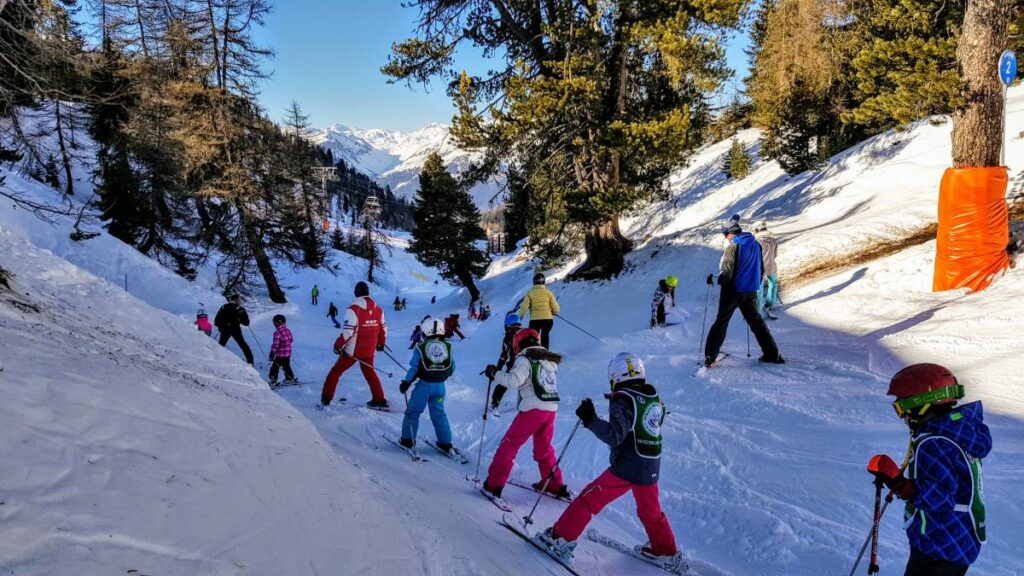
Though all resorts vary – and lessons can happen any time of day – generally most ski schools start around 10am in alpine resorts. If possible, try to be up and out long before the lessons meet to avoid the worst of the liftlines and ski schools snaking their way down the hill. In general, most beginner areas are located close to town so getting out early will help you avoid the worst queues. The same applies at 2pm, when the afternoon lessons tend to start.
Get a guide
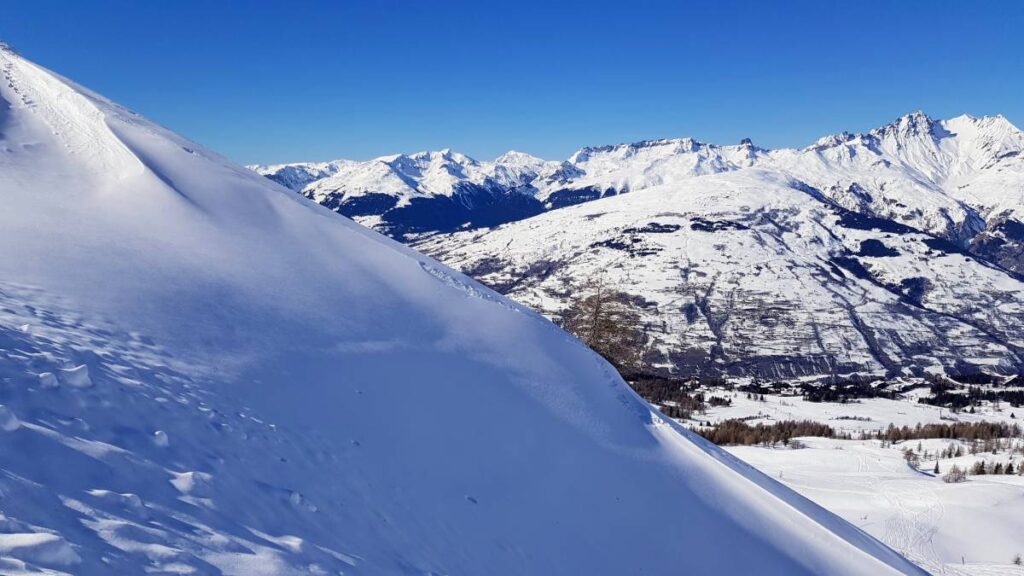
There’s no substitute for getting a guide if you’re looking for wide-open, quiet expanses (and the best snow). Ski guides have an in-depth knowledge of the area and will be able to (safely) show you the secret spots and stashes you’d never find on your own. Moreover, a good guide will also know where the best snow is at any given time of day (even late season) meaning you’ll get the best quality riding during your trip. Riding with a guide also means you’ll see the best of the resort – and avoid the dangers of avalanches.
Alternatively, try to hunt out the bars popular with saisonnaires (every resort has them) and try to hook up with locals who can show you the area. Rule number one however – if you’re going off-piste, only do so with the right gear and someone who has avalanche training.
Take pomas

They’re becoming a rare thing in most Alpine resorts these days but riding draglifts can be a great way to avoid queues. Most riders are pretty lazy and, while it’s true most of us deep-down prefer to take a chair or gondola over a drag lift, you can save a load of time queuing by taking pomas (if possible). Look for less obvious routes on the piste map for getting from A to B – or, if you find a particularly good run served by a poma, consider sticking around and getting some laps in. Draglifts are always considerably quieter than other types of lift.
Arrive on Saturday
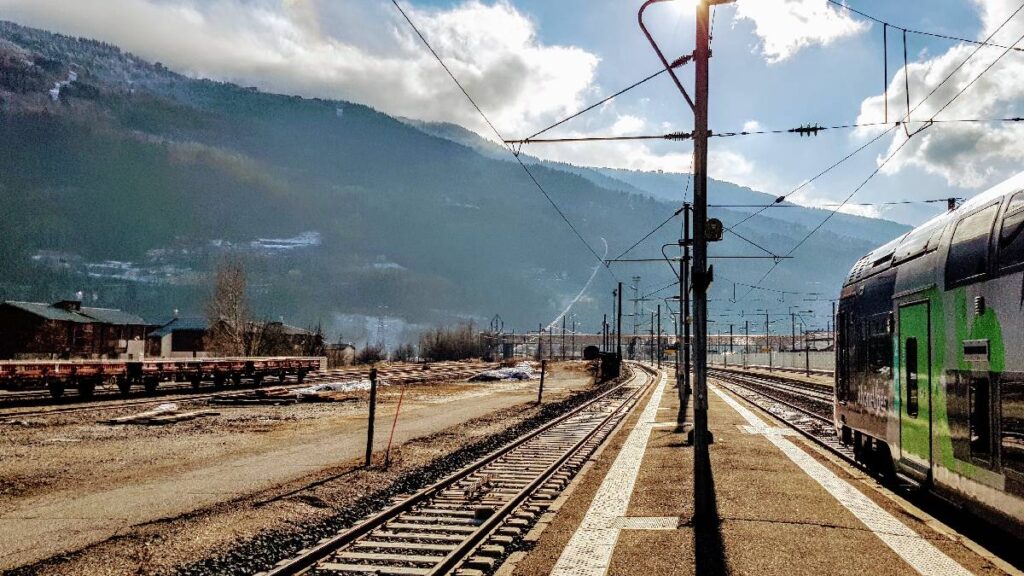
In some Alpine ski areas, it’s possible to ride the train overnight on Friday and arrive in-resort Saturday morning – on easily the quietest day of the week. Saturday is well-known amongst saisonnaires as the best day to go riding. While everyone else is stuck on flights and in transfer traffic, you’ve already dropped your bags at your apartment and are out riding blissfully deserted pistes.
If you can, take the SnowTrain and ride the quietest day of the week. It’s way better for the environment, far less hassle, doesn’t take that much longer (when you factor in airport check-ins and delays) and even gets you an extra day on the hill. What’s not to like?
The busiest times in ski resorts
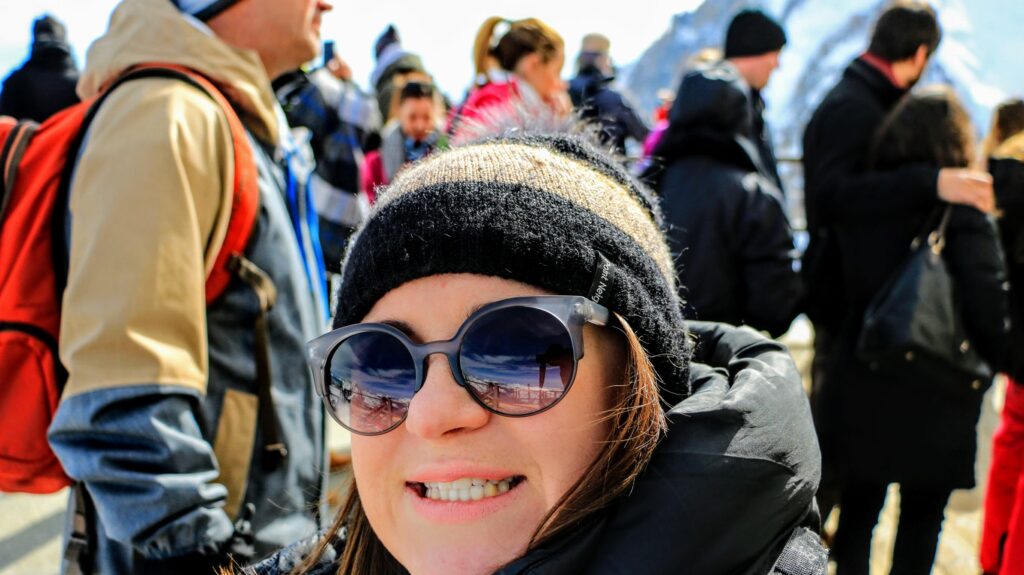
As a rule, the February mid-term holidays are the busiest time in all ski resorts across Europe however it’s particularly true in the bigger skiing nations ie France, Austria, Switzerland and Italy.
At any given point through February, at least one European country will be on holiday so you can expect queues pretty much the whole month. Other busy times include the two weeks over Christmas and New Year and, to a lesser degree, Easter (especially if the holidays fall late).
The quietest times in ski resorts
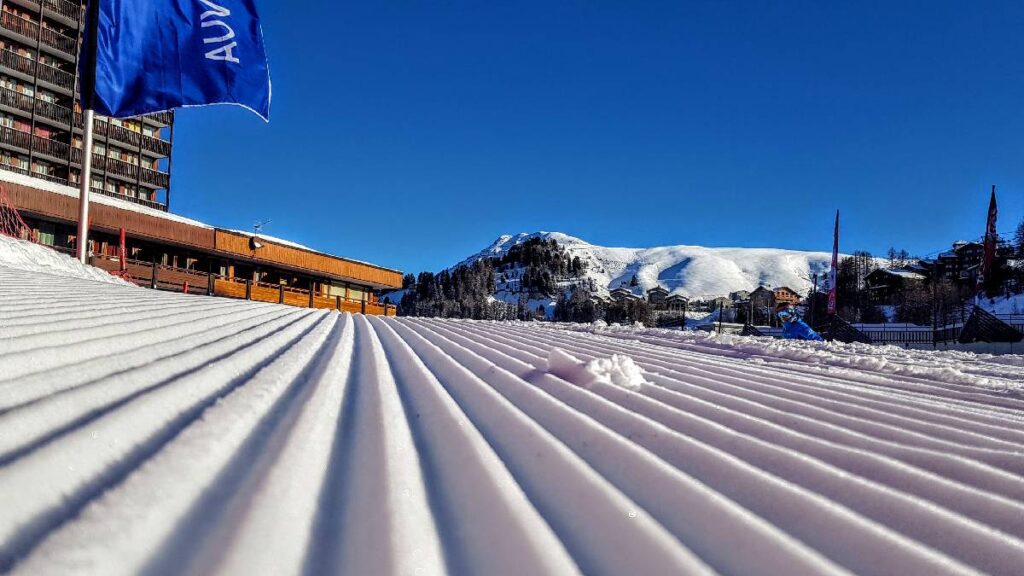
If the snow allows, taking a holiday in the opening week of a ski resort almost always sees zero queues and deserted pistes. However, it’s always a good idea to check the snow before booking. In recent years, there’s been a tendency for early-season dumps bringing great conditions in the run-up to Christmas – but, really, there are no rules so be sure to always reference snow cover before booking.
The first couple of weeks in January are also one of the quietest times in a ski resort as the world returns to work after the Xmas break. The same applies to the first couple of weeks of March, sandwiched between the mid-terms and Easter.
Depending on conditions, the last couple of weeks of the season can also see deserted pistes. It all depends when Easter falls but sneaking in a sneaky last trip at the end of the season can see you clocking up the miles on near-empty runs. Again, always check conditions and try to aim high – above the 2000m mark is best.
Although these links are specific to La Plagne, the advice contained in them applies to most Euro ski resorts and the busiest / quietest times. Check the typical snow and conditions month by month – information that’s applicable to most of the popular European resorts: La Plagne in December, La Plagne in January, La Plagne in February, La Plagne in March and La Plagne in April.
Enjoy

Sure, the resort might be a little busier than normal in February but that also means better nightlife and a more buzzing ski area. Using the tips above to avoid the worst of the queues means you’ll maximise your time on the hill while still getting to enjoy a more vibrant ski resort.
